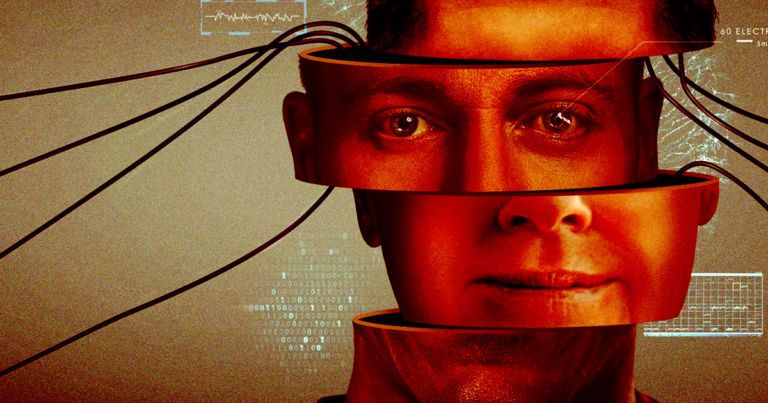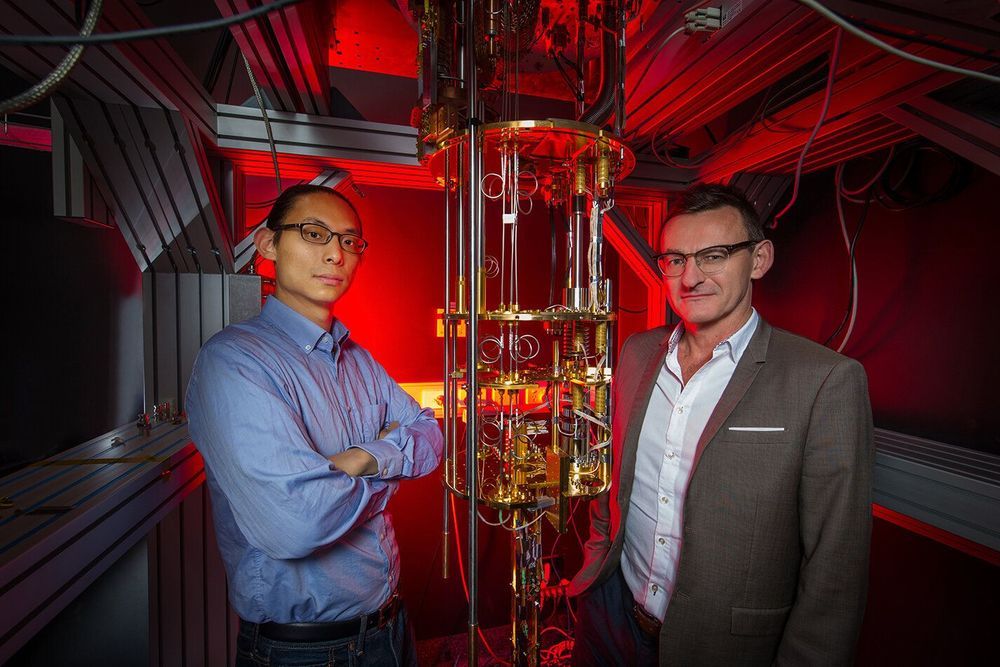An asteroid the size of a house will pass the Earth Wednesday, eventually reaching a distance closer to Earth than the moon, according to AccuWeather.
The newly discovered Asteroid 2020 GH2 will pass within the orbit of the moon, about 223,000 miles away. It’s between 43 and 70 feet wide.
NASA’s asteroid watch regularly monitors the sky to watch out for astronomical objects that may pose a danger to hitting Earth.







